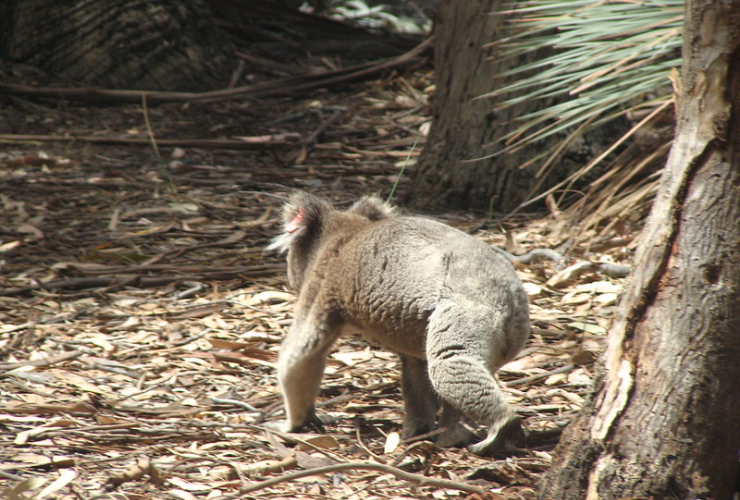As Canadian firefighters boarded flights Wednesday to battle blazes in Australia, they noted they will likely have to employ some different tactics than they do to fight local fires.
In Halifax, the first three of 69 Canadian firefighters heading to the island continent said hotter temperatures and drier conditions call for different measures than typical East Coast fires, where water is plentiful and the blazes are slower.
Paul Schnurr, a wildfire training officer with the Nova Scotia Department of Lands and Forestry, said differing weather, topography and ecology affect forest fires, and Canadians are trained to work with all of those variables.
However, the incident commander says the Australian bush fires can spread quickly due to the lack of moisture, and response tactics often include extensive use of heavy equipment to clear gaps in the landscape.
"The climate seems to be a lot drier than we've ever been in Nova Scotia, creating these large fires that aren't commonly seen here," said Schnurr, 50.
The veteran firefighter said with water scarce in some of Australia's burning regions, crews are unlikely to be able to continually douse the flames.
"When we don't have a lot of water ... we may be constructing (fire) guards with bulldozers and plows — and if need be, hand tools — to create a fire break," he said.
Schnurr joined Lands and Forestry colleagues Terry White and Kirk Webster as part of a contingent heading towards Vancouver, with plans to land in Melbourne later this week for a month-long deployment.
The Canadian Interagency Forest Fire Centre says 27 incident management staff are leaving for Melbourne on Thursday, followed by two more incident managers and 40 firefighters on the weekend.
This is the sixth wave of Canadians helping out in Australia, bringing the total number to more than 160.
Schnurr said the teams of Canadian firefighters will only learn their specific assignments as they land.
"We know they're in a bad way and we're prepared to help out," he said.
White, who came to the airport with his wife and two sons, noted the 32-day deployment is double the usual time he spends away from home to fight fires in Western Canada.
"It's a mixed bag of emotions today," he said.
"But I'm certainly looking forward to helping out. I was in British Columbia in 2017 and the Australians were helping out."
The interagency centre, a Winnipeg-based non-profit entity run by federal, provincial and territorial fire management agencies, has said Australian firefighters helped out in Canada in 2015, 2017 and 2018.
The island country is suffering a lengthy and deadly wildfire season that began in October — several months earlier than usual.
More than seven million hectares across the country have burned. Twenty-eight people have died, more than 3,000 homes have been damaged or destroyed and the blazes have forced the largest peacetime evacuation in Australia's history.
It's estimated more than half a billion animals have died.
Smoke in Melbourne was so bad Tuesday that Canadian tennis star Eugenie Bouchard needed medical attention in a qualifying match at the Australian Open tennis tournament. At least one other match was called off because of the smoke.
Most of the Canadian firefighters who have travelled there to date are helping with managing the response teams, overseeing the use of airplanes, and providing expertise in how the fires will behave.
This report by The Canadian Press was first published Jan. 15, 2020.





Comments